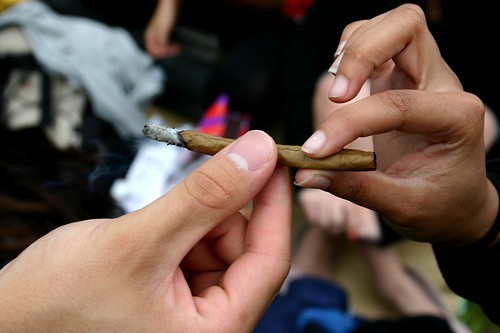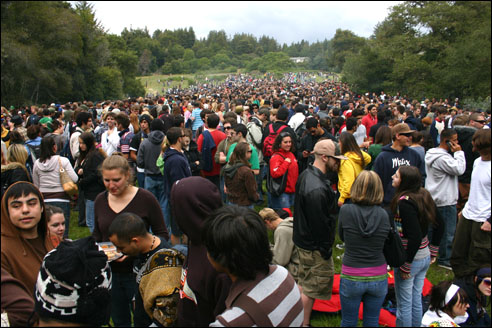Listen to the audio story:
—–
New documents released today by the Bell Police Officers Association show former City Manager Robert Rizzo asked for special treatment of certain members of the police department. The association called for the immediate suspension of Lt. Ty Henshaw and for an investigation into former Bell Police Chief Randy Aams.
One Bell police officer accused Rizzo and other city officials of misappropriating public funds.
“It is the opinion of the Bell Police Officers Association that Henshaw’s main job on the Rizzo regime was to intimidate so-called trouble maker officers,” the officer said. “We believed that in exchange, Ty Henshaw received special treatment, including promotion, salary and benefit hikes and complete access to the offices of Robert Rizzo, which violated the normal chain of command in a police department.”
Rizzo asked in an e-mail to increase Henshaw’s salary to $10,500 a month starting in July 2009. Bell Police Officer Kurt Owens says everyone else has to pay their share.
“There is no other officer, and to my knowledge no other employee, where the city pays 100 percent of his deferred cost,” Owens said. “Why was this done? There’s gotta be a reason for it.”
The Bell police department called for an investigation of the former police chief and his relationship with Rizzo. But nobody knows where Adams actually is.
“His personal belongings and office equipment, furniture are still here in the station,” one officer said. “We have no accounting for his gun and his badge.”
In another memo, Rizzo asked Lourdes Garcia, Bell’s director of administrative services, to give 10 to 15 percent pay raises to members of the police department. Rizzo faces 55 counts of various corruption charges, along with former Assistant City Manager Angela Spaccia, Mayor Oscar Hernandez and five council members.














 Wandering the Venice Boardwalk, it might be easy to image a Los Angeles where marijuana is legal and easily available. But while Proposition 19 might have seemed like an easy pass in California — the state home to the hippy movement, first to reduce the maximum penalty for possession of marijuana and first to allow it to be grown and consumed for medical purposes — the reality is a little more complicated.
Wandering the Venice Boardwalk, it might be easy to image a Los Angeles where marijuana is legal and easily available. But while Proposition 19 might have seemed like an easy pass in California — the state home to the hippy movement, first to reduce the maximum penalty for possession of marijuana and first to allow it to be grown and consumed for medical purposes — the reality is a little more complicated. Left: A celebration of marijuana at UC Santa Cruz on April 20, or “4/20,” courtesy of
Left: A celebration of marijuana at UC Santa Cruz on April 20, or “4/20,” courtesy of 





